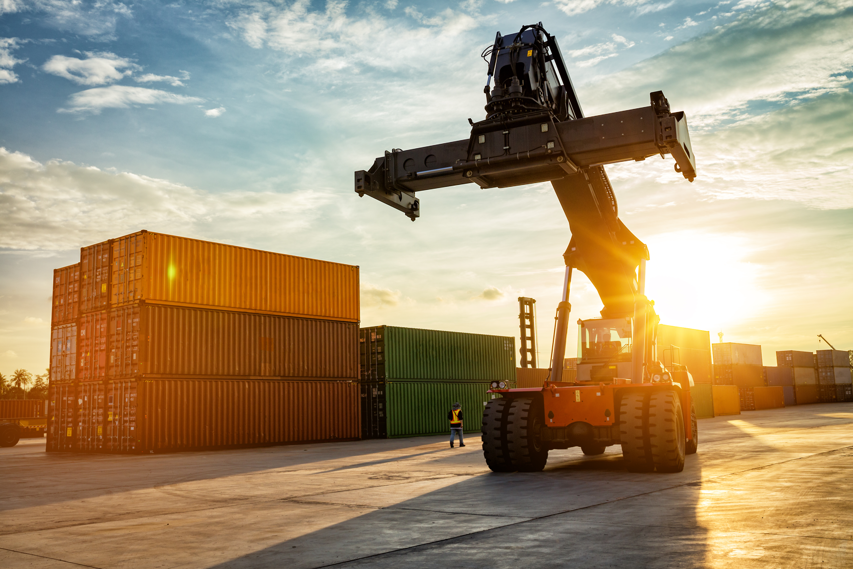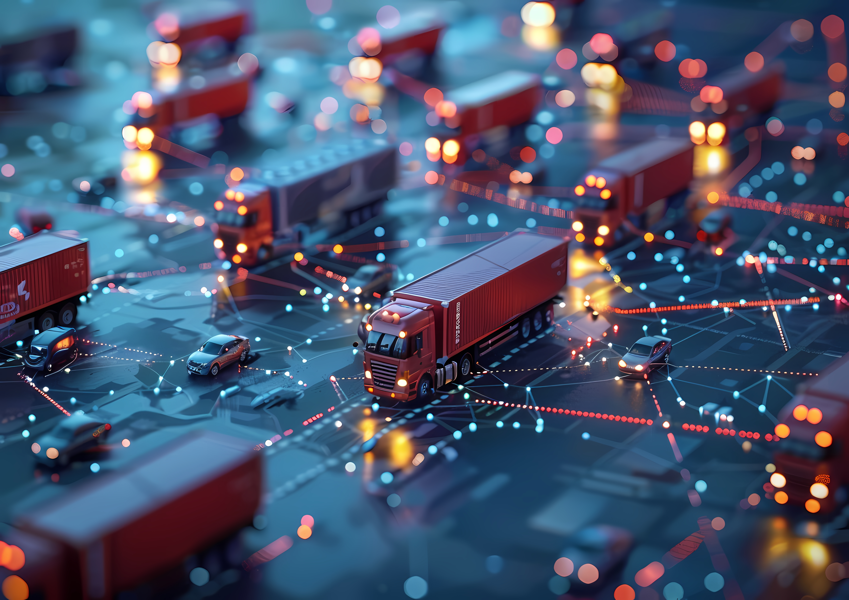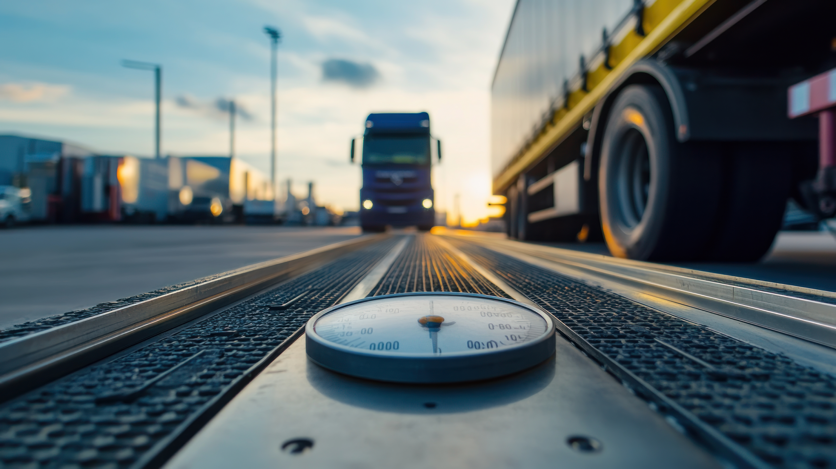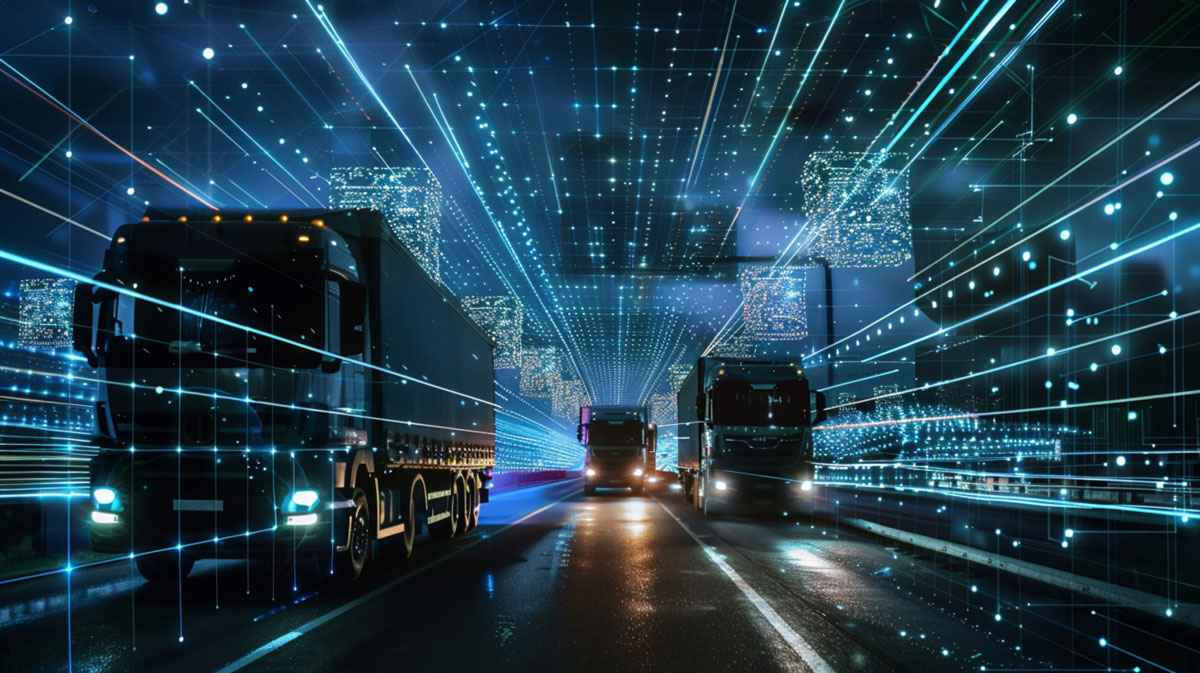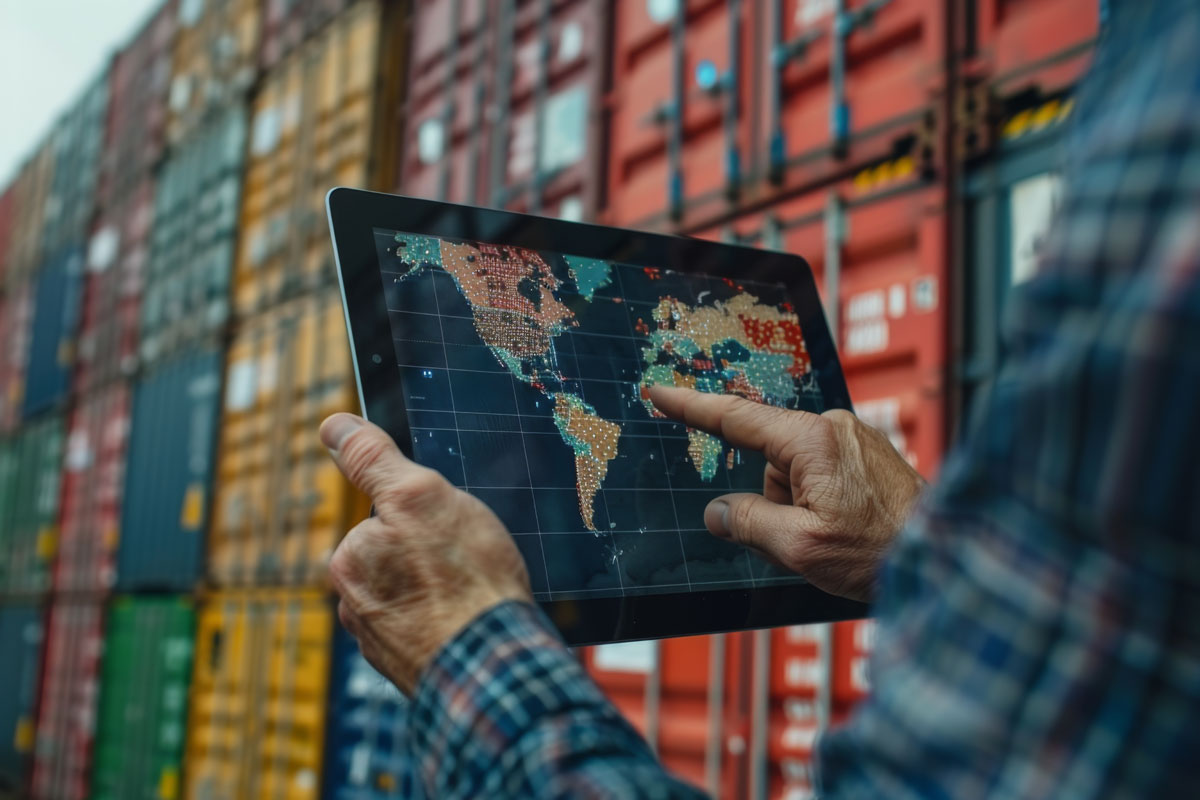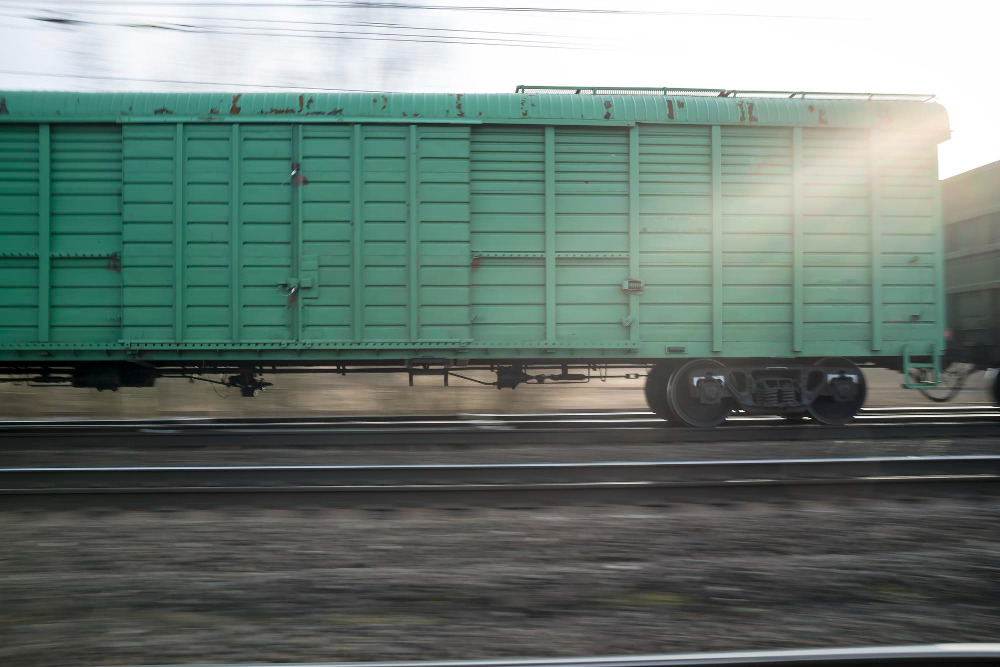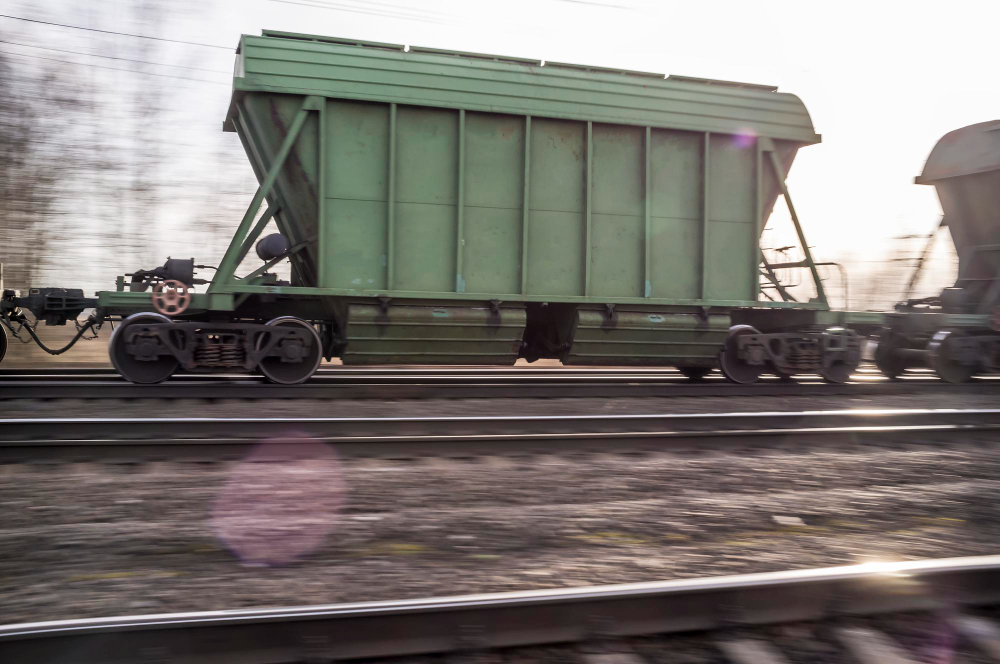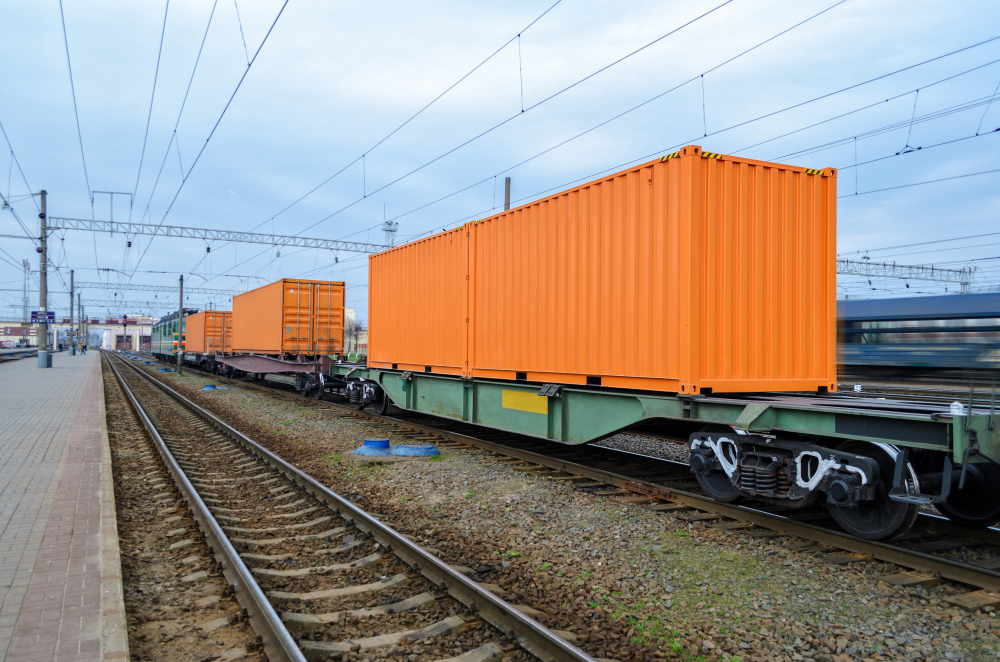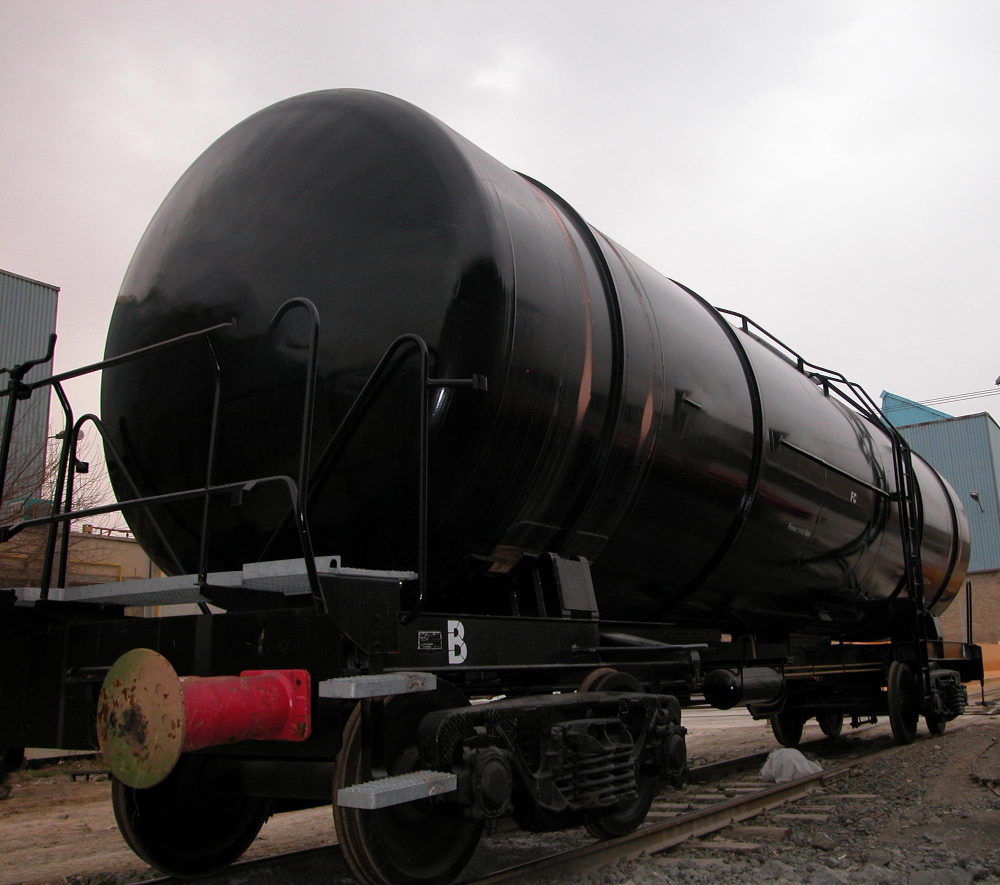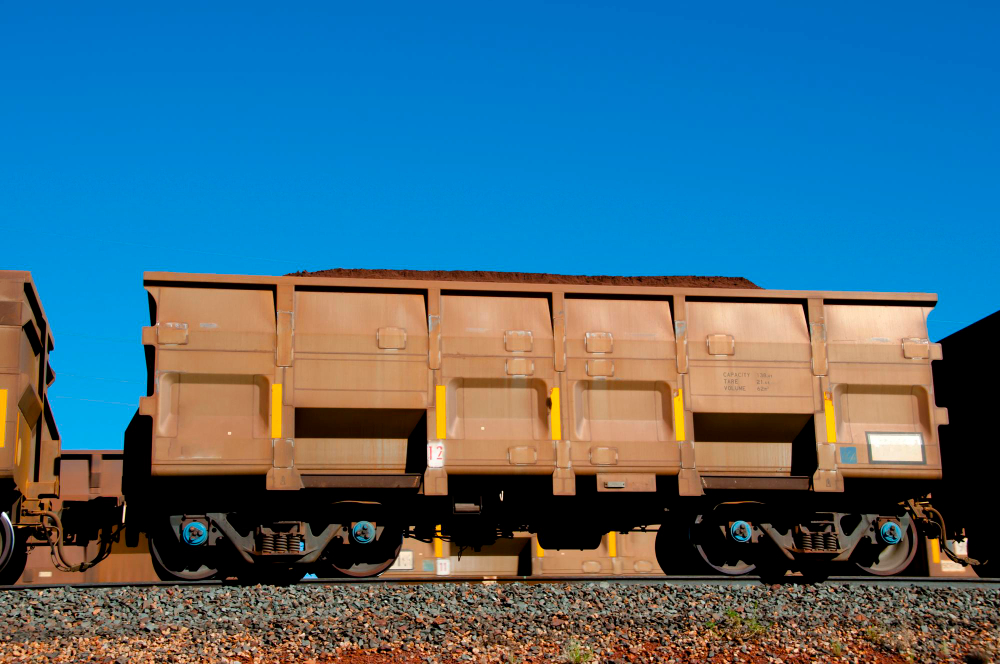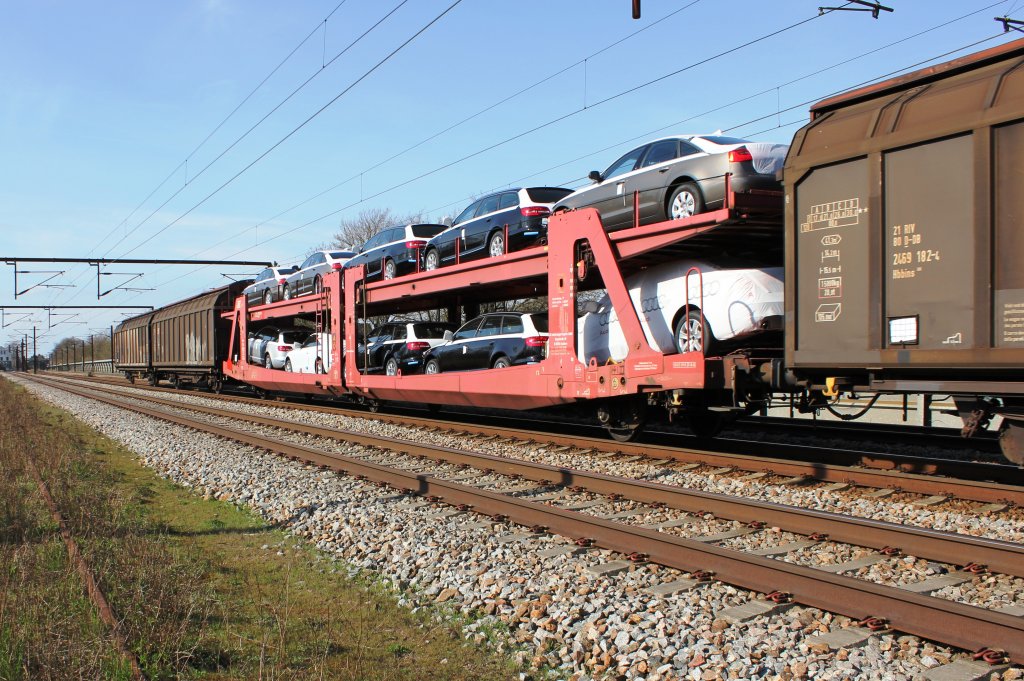In many intermodal terminals and dry ports, the heart of daily operations—the yard—is managed with a mix of intuition, experience, and manual logs. Although it handles most of the physical movement of containers, trains, cranes, and trucks, real-time visibility of what’s happening remains extremely limited.
Without clear traceability in the yard, the terminal cannot answer with confidence:
- Where each container is located
- Which movement occurred, when, and by whom
- Whether an error was triggered by a crane, the TOS, or the operator
- Whether operational times meet the standards promised to customers
The most alarming reality is that many terminals don’t see this as a problem, because they believe there is no solution without replacing their core system.
But there is a solution—a modular, fast one that doesn’t disrupt existing operations.
Essentos, as a modular TOS, has digitized yard control for terminals still running legacy systems. How do we do it? By applying true traceability to operational flows without replacing what already works.
What lacking real traceability in the yard means
In theory, every terminal claims to control its operations. They know how many trucks enter, how many containers move, how many trains load. In practice, when you ask:
“Where exactly is container ACLU1234567 right now?”
The most common answer is silence or a guess based on outdated logs.
Real traceability isn’t an Excel sheet or a system where you log movements after the fact. It’s a live system where every action:
- Is recorded instantly
- Is tied to a specific operator, machine, and order
- Is verifiable, auditable, and traceable without human interpretation
Yet many yards still operate like this:
- Operators move a container and then log it later
- If an error occurs, nobody knows if it was the crane, the software, or a misplaced instruction
- Containers appear in logical locations, but not necessarily their actual spots
- Execution times are only estimated as “fast” or “slow”
This gap between operational reality and recorded data is one of the yard’s biggest blind spots—and it carries a heavy cost.
How much lacking traceability in the yard costs you
It’s no exaggeration to say a yard without precise traceability loses money every hour. Let’s look at a real example:
| Metric | Value |
|---|---|
| Daily moves | 400 |
| Error rate (5%) | 20 containers/day |
| Correction time | 15 minutes |
| Cost per error | $45 |
| Daily loss | $900 |
This adds up to $19,800 per month (22 working days) and over $230,000 per year in rework costs alone, without counting:
- Penalties for delayed trains
- Customer disputes over “lost” containers that were simply mislocated
- Reputation damage from recurring errors
- Inability to perform accurate internal audits
Every minute without traceability is money slipping away—and the worst enemy isn’t the error itself, it’s not knowing what’s happening in your yard.
Why this happens: a technical deep dive
The root cause isn’t lack of will or poor training. It’s the architecture and lack of true digitization:
Disjointed systems
Legacy TOS solutions were built to log events, not capture them in real time. That means:
- Operators physically move containers
- They then log those moves—if they remember—to a console
- If they make a mistake, there’s no validation step
- If they skip it, the move simply never exists in the system
Lack of automation
Most yards lack sensors or connected logic to verify that:
- The container was placed in the right spot
- The assigned crane performed the move
- The operation occurred within planned time windows
Everything depends on people. When pressure mounts, moving trumps logging.
Operators without visibility
Often the operator doesn’t know:
- If the bay is free
- If the container is on the correct list
- If there’s an existing exception or hold
They rely on verbal instructions or printed lists. The result:
- The TOS’s view diverges from reality
- The system records one thing, but the yard shows another
- Nobody can prove what really happened
Terminals often assume “no complaints means everything’s fine,” but in reality, they operate with a steady 3–5% error rate simply because:
- There are no automated alerts
- Movements aren’t audited in real time
- There’s no verifiable execution log
It’s like driving without a dashboard: everything seems fine—until it’s too late.
How Essentos delivers total yard traceability
Essentos’s Depot module was built precisely to bridge the gap between yard reality and the TOS’s record.
- Automated move capture: every time a crane moves a container, the action is logged in real time—linked to operator, machine, device, and timestamp—and validated against yard rules.
- Optional sensor & OCR integration: connect cameras, position sensors, and mobile devices to verify that the physical container matches the digital record, complete with images for audit trails.
- Unified mobile interface: operators use tablets or handhelds to view, accept, execute, and validate moves instantly, reporting conflicts in seconds.
- Seamless TOS/ERP integration: no duplicate work—Essentos feeds data into your core system, and incoming orders become clear, auditable tasks for yard staff.
With this operational traceability you can:
- Eliminate phantom moves or unlogged activity
- Detect and resolve errors before they cascade downstream
- Speed up incident response
- Automate documentary traceability—who, when, where, and why
- Generate reliable reports for customers and auditors
Real case: how one terminal cut yard errors by 90%
A Spanish rail terminal averaging 120 daily yard moves faced constant misplacements, unlogged moves, manual searches, and shift-change stress.
Initial diagnosis
- Over 25 unreported moves per week
- 4.7% placement errors (>10 containers/day)
- 7-minute average search time per container
- $7,000+ monthly cost from operational interruptions
Deployment
In under three weeks, mobile devices were networked, crane and operator profiles configured, ERP integrated, and smart task rules activated—without downtime or data migrations.
Results after three months
| Metric | Before | After Essentos |
|---|---|---|
| Weekly placement errors | 28 | 3 |
| Unlogged moves | >25 | 0 |
| Search time per container | 7 min | < 1 min |
| Monthly incident cost | $7,000+ | < $800 |
“We used to live in contained chaos. Now we have control, visibility, and traceability that lets us sleep easy. We never thought it could be this simple.” — Operations Manager
The hidden cost you’re bearing without yard traceability
Example: a medium terminal with 100 daily yard moves:
- 4% placement errors → 4 containers/day mislocated
- 15 minutes to detect and correct each → 1 hour/day lost
- $50/hour operating cost (personnel + equipment) → $50/day direct loss
- 2 weekly errors reaching customers → $300–600/week in penalties
- 10 minutes lost per operator in searches → 3 hours/day
- $1,000/month in extra downtime, debates, and uninformed decisions
| Item | Estimated cost |
|---|---|
| Rehandling misplaced containers | $1,100 |
| Errors reaching customers | $2,400 |
| Operational inefficiency | $1,000 |
| Downtime from lack of visibility | $900 |
| Total monthly | $5,400+ |
And that excludes lost customers due to repeated errors, damage to your terminal’s reputation, and higher staff turnover.
The false sense of control
Many terminals believe they have everything “under control” because errors go undocumented or the system “never complains.” But if your traceability depends on an operator’s memory, a scribble on paper, or a supervisor’s phone call, you don’t have traceability—you have well-intentioned uncertainty. That uncertainty costs you every single day.
Audits and claims: can you prove what happened in your yard?
When damage, loss, or a discrepancy occurs, the first request is always for clear traceability. That’s when many terminals realize they can’t prove anything with precision.
Real scenarios without traceability
- A container arrives damaged
- Did it arrive that way?
- Was it damaged in handling?
- Who moved it?
- At what time?
- A customer claims the wrong container
- Was it correctly logged at entry?
- Was it placed in the right spot?
- Was it released as intended?
- An auditor requests last month’s yard moves
- Can you generate a full report with locations, timestamps, operators, and exceptions?
What happens with Essentos
With total traceability:
- Every move is logged with time, operator, crane, and location
- Every exception is documented with photo and notes
- You can reconstruct each operation step by step
- Automated reports by customer, week, container, or event generate in seconds
And none of this requires operators to “write more” or duplicate work.
Quality and compliance benefits
- Faster internal audits—no paper, no excuses
- Customs-ready traceability for global standards
- Claims resolved in minutes with data, not guesses
- Fewer handoffs and disputes across shifts
What if you can’t prove anything?
- The customer wins by default
- You absorb the cost (even if it wasn’t your fault)
- Your terminal becomes unreliable
- Internal stress and turnover rise
- Client relationships deteriorate
Data-driven decisions: flying blind versus using radar
In a modern yard, every choice matters—from which crane to allocate where to which truck goes first. Yet many decisions rely on outdated or incomplete data.
Typical scenario without traceability
The yard manager asks, “Where is container ABC123?” The operator replies, “I think it’s in bay 4—or maybe they moved it yesterday.” They search for 25 minutes, halt operations, delay the train by 12 minutes, and field a customer complaint. All because there’s no instant, visual traceability.
Scenario with Essentos
The manager opens the dashboard, looks up ABC123, and sees:
- Current location: Bay 3A
- Last move: yesterday by RTG 02, operator Juan
- Status: ready for loading
Decision made in 15 seconds—no delays, no guesswork, higher efficiency.
The strategic value of an intelligent terminal
A terminal without traceability is like a control tower without radar. A terminal with full traceability operates with real control, makes strategic decisions in real time, continuously improves, offers transparency to customers, and grows without adding more staff or paperwork.
A future powered by data
If gate traceability is the initial filter and yard traceability is the engine of efficiency, then complete terminal traceability is the only way to make smart, informed decisions. That’s how Essentos transforms an ordinary terminal into a 21st-century competitor.
